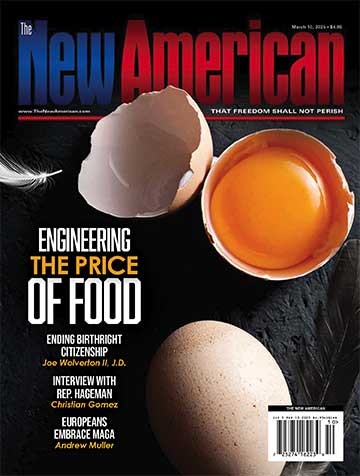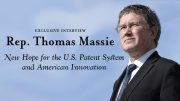
Those in charge of determining when the U.S. economy peaked at the National Bureau of Economic Research (NBER) said it happened in February.
Using a very loose definition of when a recession starts — it involves “a decline in economic activity that lasts more than a few months,” they say — the seers at NBER declared affirmatively that February marked “the end of the expansion that began in June 2009 … and lasted 128 months, the longest in the history of U.S. business cycles, dating back to 1854.”
The data junkies refused to comment on how long the recession might last, or how strong it might be when it recovers. Signs are emerging that May marked the bottom, with a jobs report that astonished and embarrassed nearly every forecaster in its robust surprise.
Predictions as to how long the recovery will last and when the economy will get back to full steam are a dime a dozen, and most of them aren’t even worth that much.
A much more interesting question is: Which consumers will drive the recovery — Republicans or Democrats? Professors with time on their hands at the Broad College of Business at Michigan State University (MSU) decided to look into it. They quizzed 1,151 consumers, about equally split between Democrats and Republicans.
At the time of the survey in early May, nearly all of them were in lockdown mode thanks to government edicts in response to COVID-19. One sixth of them had been laid off, were furloughed, or were otherwise unemployed. Four out of 10 had seen their incomes drop. Nearly eight in 10 of those still employed were working from home, compared to fewer than four in 10 prior to COVID-19.
The data geeks at MSU discovered that political philosophy drives economic activity! Republicans, they said, “are more optimistic about the future.” While barely a third of Democrats said they were either “quite a bit” or “extremely” hopeful about the recovery, half of Republicans said they were.
And what would they spend $1,000 on if it were suddenly dropped into their laps? Democrats were conservative (!), saying they would put more than half into paying down credit cards or putting it into savings, while Republicans said they would spend nearly two-thirds of the surprise on buying things such as jewelry, health and personal care items, and electronics.
It’s difficult to see how these differences might play out in November but it’s certain that marketers are delighted to learn where they can put their advertising dollars to work for best advantage as the economy recovers.
Photo: Kameleon007/iStock/Getty Images Plus
An Ivy League graduate and former investment advisor, Bob is a regular contributor to The New American primarily on economics and politics. He can be reached at [email protected].
Related article:




